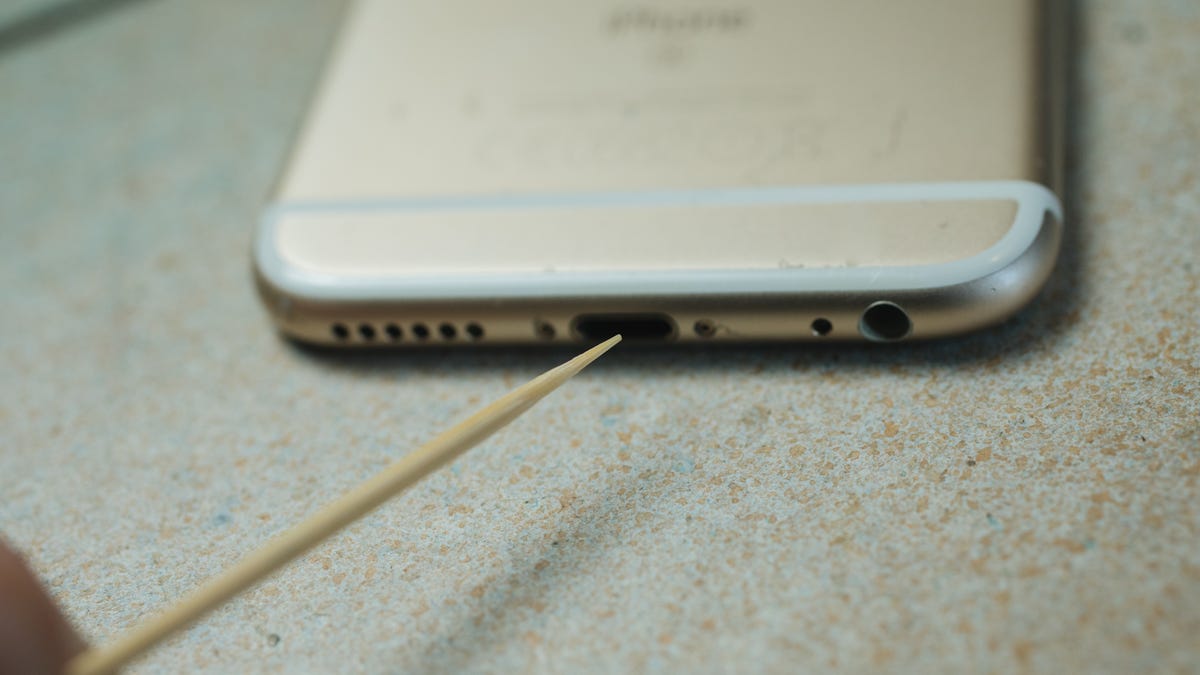
1 of 18James Martin/CNET
Joby's production prototype
One of Joby Aviation's main airports for test flights is in Marina, California. This is one of the flight production prototypes waiting in the hangar.
2 of 18James Martin/CNET
Joby propellers
The propellers are made from carbon fiber, with a titanium plug. Five propellers sit on rotors around the air taxi and these rotors tilt 90 degrees depending on the flight stage. In hover configuration, as pictured, the propellers face upward, then in flight mode they change to face forwards.
3 of 18James Martin/CNET
Four passengers, one pilot
The air taxi has one pilot and can transport up to four passengers and their luggage.
4 of 18James Martin/CNET
Joby pilot training
Joby will have a training curriculum for pilots, including flight time in this simulator. Pictured is Peter Wilson, director of flight standards and training at Joby. He's the former lead test pilot for the F-35B program. I'm getting expert instruction on flying the air taxi.
5 of 18James Martin/CNET
Carbon fiber
Each of Joby's composite aircraft parts starts life as carbon fiber. Here, a technician lays out strips of carbon fiber in its raw state.
6 of 18James Martin/CNET
Putting the pieces together
After the pieces for individual parts are cut out from sheets of carbon fiber, they go into the lamination process.
7 of 18James Martin/CNET
Lamination process
All the pieces, or layers of carbon fiber, are put together in kits so technicians can laminate them.
8 of 18James Martin/CNET
Larger components get laminated, too
Here, a team of technicians work to laminate a larger aircraft piece. Lasers from the ceiling project where each layer needs to sit.
9 of 18James Martin/CNET
Up close with lamination
A closer look at the lamination process.
10 of 18James Martin/CNET
Technician at work
One of Joby's technicians in the lamination area works on a component.
11 of 18James Martin/CNET
Autmatic fiber placement
This is an automatic fiber placement machine, which lays down individual strands of carbon fiber onto larger parts like the wing.
12 of 18James Martin/CNET
Ready for the autoclave
After each part is laminated, it then gets baked in a giant chamber called an autoclave.
13 of 18James Martin/CNET
Ultrasonic testing and inspection
After cooking in the autoclave, this machine sprays each piece with water and can tell if there are any flaws or defects in the part.
14 of 18James Martin/CNET
Ready for liftoff
Joby anticipates it will be ready for commercial flights as early as 2025. The company has filed for regulatory approvals in the US, Dubai and other locations around the world.
15 of 18James Martin/CNET
Lightweight propellers
Each of the propellers is lightweight and designed with acoustics in mind. The propellers, combined with the electric propulsion unit, make the aircraft quiet when hovering and flying.
16 of 18James Martin/CNET
Behind the controls
I'm not certified to fly this air taxi, but I was able to sit at the controls in the production prototype.
17 of 18James Martin/CNET
A sense of scale
Unlike most helicopters, you probably won't need to duck when you walk right up to the aircraft. I'm just shy of 6 feet for reference.
18 of 18James Martin/CNET
Test flight
One of the production prototypes waiting to take off.







:quality(85):upscale()/2024/10/31/831/n/49351773/b7bf33836723d2f0643c55.51137847_.jpg)

 English (US) ·
English (US) ·